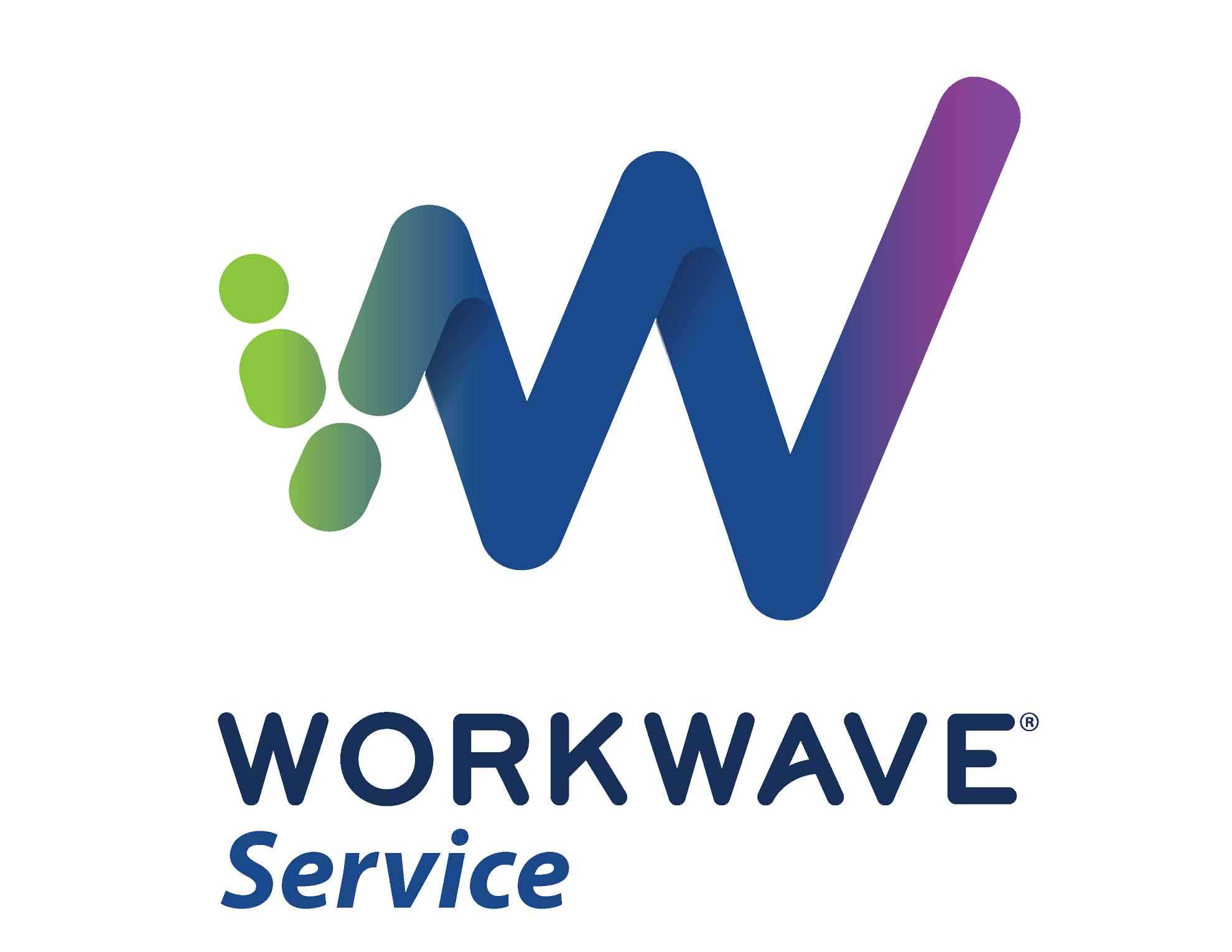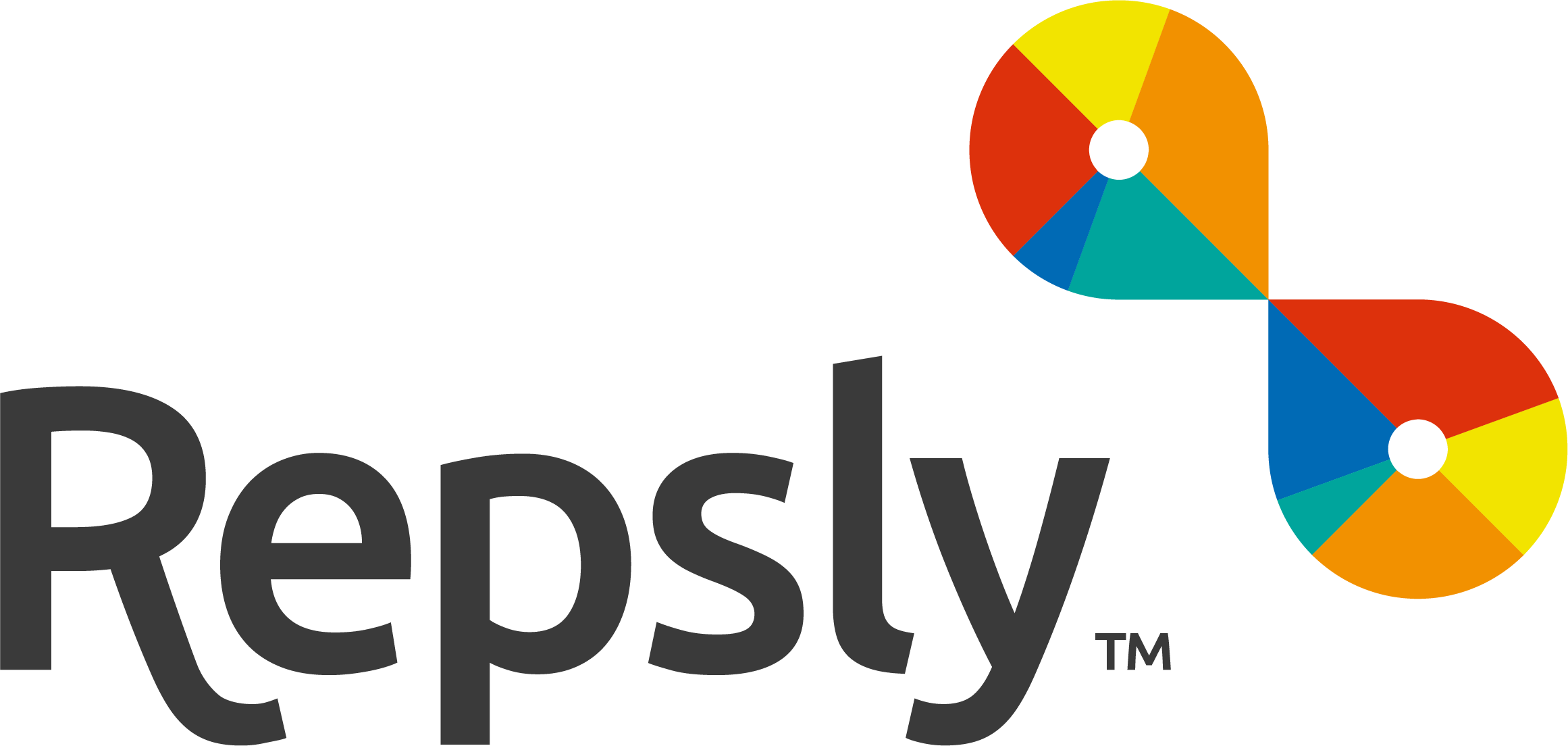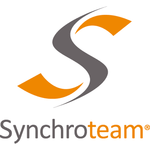What Is Handyman Software?
Handyman software is a sophisticated tool built exclusively for home repair and maintenance specialists. Its major goal is to streamline and simplify the day-to-day operations of a handyman business, resulting in a more efficient workflow and more output. At its core, handyman software is a digital solution that combines multiple operations into a single platform, removing the need for traditional pen-and-paper techniques.
It has features like scheduling, invoicing, customer management, and job monitoring, among others. One of the primary advantages of using handyman software is its capacity to organize and handle several projects and clients at once. With a simple interface and adjustable choices, handyman pros can easily track work progress, create reminders, and generate reports.
Furthermore, many handyman software has mobile accessibility, allowing professionals to view and update information while on the road, making it a useful solution for people who are often on the move. It also enables for the secure storing of crucial papers, client information, and task details, reducing the danger of data loss. Another notable characteristic of handyman software is its ability to integrate with other applications, like as accounting and payment processing software, resulting in a full solution for all business needs.
This integration enables a smooth flow of data and eliminates the need for manual data entry, saving time and lowering the risk of error. In addition to these features, some handyman software includes GPS monitoring, inventory management, and client feedback collection, among other things, making it a versatile and effective tool for any handyman business.
Investing in handyman software can provide major benefits to your business, such as increased efficiency, customer happiness, and profitability. With so many options on the market, it's critical to evaluate your business objectives and budget while selecting the right handyman software. We hope this little guide has given you enough information to make an informed decision on the best handyman software for your business.
What Are The Recent Trends In Handyman Software?
Handyman software has grown greatly in recent years to meet the changing needs and demands of the business. As technology advances, several important themes are influencing the landscape of handyman software. These trends are intended to increase not only efficiency and productivity, but also the whole user experience.
Let's explore, the main trends in handyman software that you should consider before making a purchase.
1. Cloud-Based Solutions: One of the most significant changes in handyman software is the migration to cloud-based solutions. With the growing demand on remote and flexible employment, cloud-based software enables handymen to access and manage their businesses from anywhere and at any time. This allows them to communicate with clients, assign and track projects, and manage billing and invoicing from a single platform. Cloud-based systems can provide automatic upgrades, data backup, and scalability.
2. Mobile Applications: Mobile applications have been essential for handyman software in recent years. Handymen may now manage their businesses on the road thanks to the widespread availability of smartphones and tablets. Mobile apps include capabilities such as real-time job tracking, signature capture, estimate and invoice generation, and payment acceptance. This not only streamlines the workflow, but also enhances communication and client satisfaction.
3. Integration With Other Systems: Integrating with other systems is another growing trend in handyman software. Many handymen use many software applications for various duties such as project management, accounting, and scheduling. Integrating these systems can save time and decrease the likelihood of errors. For example, linking with accounting software can automatically sync data, freeing handymen from tedious data input responsibilities.
4. AI & Machine Learning: AI and machine learning (ML) are transforming how handyman software operates. AI software can evaluate data and forecast outcomes, allowing handymen to make more informed judgments. ML algorithms may also automate processes like scheduling and routing, which improves productivity and saves time. As these technologies evolve, we should expect more fascinating capabilities in handyman software.
5. User-Friendly Interface And Customisation: In today's fast-paced environment, user-friendly interfaces and customization possibilities are essential aspects for handyman software. A cluttered and confusing interface can slow down workflow and lower productivity. As a result, many handyman software packages now feature an easy-to-use user interface. The flexibility to tailor the software based on specific business requirements enhances the user experience.
Benefits Of Using Handyman Software
Introduction: Handyman software is an extremely useful tool for any professional handyman or home care firm. It helps to streamline business procedures, improve efficiency, and, eventually, raise profitability.
Let’s take a closer look at the different advantages of adopting handyman software and why it's important for your business.
1. Centralized Management: One of the most significant benefits of adopting handyman software is the ability to centralize and manage all parts of your business in one location. From scheduling and invoicing to inventory and personnel administration, all of your responsibilities and data are conveniently accessible and trackable on a single platform. This eliminates the need for numerous software and lowers the likelihood of errors and miscommunication.
2. Efficient Scheduling: Handyman software includes robust scheduling options that enable you to schedule and manage appointments smoothly. You can see your team's schedule, assign jobs, and send automated reminders to clients and technicians. This guarantees that your business works effectively and that appointments are not missed due to miscommunication or human error.
3. Time And Cost Savings: Using handyman software can save you both time and money in the long term. With automated capabilities such as invoicing and inventory management, you can reduce the need for human data entry and paperwork, giving you more time to focus on more important activities. Furthermore, the program can help you track expenses and project prices, allowing you to make informed decisions while staying within budget.
4. Improved Client Experience: Satisfied customers are essential to the success of any business, and handyman software can assist you in providing a great client experience. With features such as online booking, real-time updates, and digital estimates and bills, you can provide your clients with a convenient and seamless service experience. This can lead to increased client satisfaction and good feedback, resulting in repeat business and referrals.
5. Higher Efficiency And Productivity: Handyman software allows you to automate repetitive chores and optimize your business operations, which leads to higher efficiency and productivity. This allows you to serve more clients in less time, thus leading to increased earnings. The software also gives you access to real-time data, which provides insights into areas that need to be improved, allowing you to make more educated decisions and increase productivity.
Important Factors To Consider While Purchasing Handyman Software?
When selecting handyman software, several essential elements should be carefully considered to guarantee you make the best option for your company. Compatibility, features, cost, customer service, and usability are all important considerations.
Let's take a closer look at each of these aspects and how they may influence your purchasing decision.
1. Compatibility: First and foremost, be sure the handyman software you're considering is compatible with your devices and operating systems. This covers desktop computers, laptops, tablets, and mobile devices. You should also investigate any other software or tools you use for your business and ensure that they are compatible with the handyman software you are looking into.
2. Features: Handyman software features might differ widely between products. As a result, it is critical to identify the must-have features for your organization and extensively investigate the software to verify it fulfills your requirements. Some popular features to check for are job scheduling, project management, invoicing and payment processing, a customer database, and inventory management.
3. Pricing: Handyman software can cost anywhere from free to hundreds of dollars per month, depending on the features and subscription plans. Before making a purchase, you must first determine your budget and the qualities you require. Consider the software's long-term cost and return on investment.
4. Customer Assistance: When selecting handyman software, it is critical to assess the amount of customer assistance offered by the provider. Look for software that has several support channels, such as email, phone, and live chat, and responds quickly. It is also a good idea to read customer reviews to get a sense of how other people have rated the company's customer service.
5. Ease Of Use: The entire purpose of adopting handyman software is to simplify and streamline business operations. As a result, it is critical to select software that is user-friendly and simple to navigate. You can get a demo or free trial of the product to evaluate its usability and confirm that it fulfills your requirements.
What Are The Key Features To Look For In Handyman Software?
In today's increasingly digital environment, handymen and handywomen must have the necessary tools to manage their businesses. This is where handyman software comes in: a sophisticated solution that automates scheduling, billing, and project management. However, with so many options available in the market, it might be difficult to select the best one for your specific requirements.
To make an informed decision, here are the important things to look for in handyman software:
1. Job Scheduling And Dispatching: One of the key goals of handyman software is to help you manage your workload more effectively. Look for software that allows you to effortlessly schedule and dispatch jobs to your team members. This saves time and ensures that your resources are used efficiently.
2. Customer Management: A decent handyman software should include a comprehensive customer management function that allows you to store and retrieve all of your customer information in one location. This can include contact information, service history, and notes, allowing you to better track your clients' requirements and preferences.
3. Invoicing And Payment Processing: Handymen may find it time-consuming to manually create and transmit invoices. Look for software that automates this process, allowing you to generate professional-looking invoices and handle payments smoothly. This not only saves time but also improves cash flow for your company.
4. Project Management: As a handyman, you may be working on numerous projects at once. A handyman program with project management skills will allow you to monitor the progress of each project, assign duties to team members, and establish deadlines. This feature will ensure that you never miss a deadline and provide a better overall project management experience.
5. Mobile Compatibility: Because of the nature of handyman work, it is critical to have software that is mobile friendly. Look for software that can be accessed through your smartphone or tablet, allowing you to run your business while on the road. This function is especially useful for tracking work hours, spending, and staying in touch with your team and customers when out in the field.
6. Integration With Other Programs: To further optimize your company procedures, select handyman software that is compatible with other systems you may be using, like as accounting software or project management tools. This ensures rapid and flawless data movement between apps, saving you time and eliminating errors.
7. Easy-To-Use Interface: When selecting handyman software, a simple interface is essential. Look for software that is simple to use and requires minimum training. This not only saves you time, but also allows your team members to easily adjust to the program.
Why Do Businesses Need Handyman Software?
As a handyman business owner, your first responsibility is to manage your operations efficiently and effectively while increasing production. This is where handyman software comes in: a strong tool that can streamline your processes and increase your profits. But why do businesses require handyman software?
Let's go into the main reasons:
1. Efficient Job Scheduling And Dispatching: One of the most difficult aspects of running a handyman service is managing various job requests and allocating them to your team of technicians. Handyman software provides a consolidated platform for conveniently scheduling and dispatching work, ensuring that your crew is effectively deployed and your clients' needs are satisfied quickly.
2. Improved Communication And Collaboration: Handyman software allows everyone on your team, from technicians to office personnel, to stay connected and informed about project specifics, updates, and changes in real time. This improves communication and collaboration, resulting in smoother workflows and faster job completion times.
3. Accurate Time And Task Monitoring: Time monitoring is critical for every business, and a handyman program may assist you in keeping track of hours worked by individual personnel, accurately calculating salaries, and minimizing payroll errors. It also enables effective task tracking, ensuring that no jobs are left incomplete or ignored, so enhancing overall efficiency.
4. Invoicing And Payment Processing: Manual invoicing and payment processing can be time-consuming and error-prone. Handyman software automates these tasks by creating professional invoices and tracking payments, making the process easier and more precise.
5. Client Relationship Management: Maintaining solid client relationships is an important feature of running a service organization. Handyman software lets you to retain customer information, track their service history, and send automated follow-up reminders, which helps you create long-term connections and improve customer satisfaction.
How Much Time Is Required To Implement Handyman Software?
The time necessary to adopt handyman software varies depending on a number of factors, including the program's sophistication, the size of your company, and your team's willingness to adapt to the new system. In general, properly implementing and integrating software into your business operations might take anywhere from a few days to a few weeks.
To begin, examine your business demands and determine which features and functionalities you require from the handyman software. This will help you select the appropriate software and efficiently organize the implementation procedure. Once you've chosen the program, you'll need to set aside time for data migration, training, and customization. Data migration entails moving your current data, such as client information, job schedules, and financial records, to the new system.
The time required to complete this process will be determined on the volume and complexity of your data. Training is an important part of the installation process since it guarantees that your team can utilize the program successfully and reap its benefits. Depending on the size of your team, training sessions might last anywhere from a few hours to several days.
Customizations, such as adding your company's logo and tweaking the software to meet your specific needs, may also take some time. Furthermore, it is crucial to understand that adopting new software may result in a temporary halt in your business activities. As a result, it is critical to allow enough time for your team to acclimate and become acquainted with the new system.
What Is The Level Of Customization Available In Handyman Software?
When picking handyman software, one of the most important elements to consider is the level of customization available. This refers to the capacity to customize the software to your own business requirements and processes. The level of customization has a significant impact on the productivity and efficacy of the software for your organization.
Take a closer look at the many levels of customization available in handyman software, as well as what factors to consider while making your decision.
1. User Interface Customization: The user interface is the first degree of customization that handyman software offers. This includes the opportunity to customize the layout, color scheme, and fonts to your liking. This can help you provide a more tailored and user-friendly experience for your staff, resulting in more productivity and happiness.
2. Custom Fields And Forms: Another key part of customization is the ability to create custom fields and forms within the software. This enables you to record and track information specific to your business activities. For example, you can add fields to meet specific task requirements or design custom forms for invoicing or customer intake. This amount of customization ensures that the software easily integrates with your existing business procedures.
3. Workflow Customization: Effective workflow management is critical for any handyman business, and the correct software should allow you to adapt processes to meet your specific business needs. This can include developing and automating operations for job creation, scheduling, and billing. Customizable workflows allow you to streamline procedures, save time, and increase overall efficiency.
4. Integration Capabilities: Connecting your handyman software to other tools and systems can significantly improve its functionality. Customization options for connection enable you to connect the software to other corporate applications, such as accounting or project management tools, to establish a continuous flow of information between them. This lessens the need for human data entry and lowers the risk of errors.
5. Branding Customization: Finally, the ability to brand the program with your company's logo and information provides a professional touch to your operation. This level of customisation fosters a sense of ownership and aids in the development of your brand's personality among clients. It also adds a personal touch to bills, estimates, and other papers generated by the software.
Which Industries Can Benefit The Most From Handyman Software?
Handyman software is an invaluable resource for organizations in a variety of industries, giving an efficient and streamlined solution for managing all elements of their handyman services. Whether you are a small local business or a huge corporation, using handyman software can significantly improve your operations.
Let's look at the industries that can benefit the most from employing handyman software.
1. Home Maintenance And Repair Companies: Handyman software is ideal for businesses that specialize on home maintenance and repair services. It enables them to manage their everyday operations, such as appointment scheduling, work order tracking, billing and invoicing, and client information management. Handyman software allows businesses to boost productivity, decrease paperwork, and deliver better customer service, resulting in higher customer satisfaction and retention.
2. Property Management Firms: Property management firms stand to benefit greatly from deploying handyman software. They frequently deal with several properties and renters, and keeping track of all maintenance and repair requests can be difficult. Handyman software makes this process easier by allowing property managers to organize and prioritize repair orders, delegate jobs to particular handyman teams, and keep track of all maintenance operations. This results in better organization and tenant communication, which leads to better property management.
3. Real Estate Companies: In the real estate market, time is of the essence, and any delays might mean missed chances. Handyman software can make a significant difference in this situation. This program allows real estate companies to rapidly and efficiently arrange property repairs and maintenance tasks. They can also keep track of all maintenance costs for various properties, helping them to make better judgments about future expenditures.
4. Construction Businesses: Whether working on a residential or commercial project, construction businesses must manage a variety of activities and subcontractors at once. Handyman software can assist them in tracking and managing all aspects of their projects, including task scheduling, progress monitoring, and keeping track of material orders and deliveries. It also promotes greater communication and collaboration among team members, resulting in increased project efficiency and timely completion.
5. Homeowners Associations: Homeowners associations (HOAs) are responsible for the maintenance and upkeep of common areas and amenities across the neighborhood. Handyman software can assist homeowners associations streamline their operations, keep track of all maintenance requests and expenses, and swiftly assign projects to handyman teams. This allows them to maintain a well-organized and well-maintained community, resulting in higher property values and resident happiness.
Conclusion
To summarize, finding the best handyman software for your company can significantly boost efficiency and productivity. Throughout this buyer's guide, we've discussed the most crucial factors to consider while making your pick, such as the types of features available, pricing alternatives, and customer service. First and foremost, examine your company's specific demands and select software that can meet those objectives.
Whether you require scheduling and dispatching capabilities, invoicing and billing tools, or other specific features, make sure to select software that meets your needs. Furthermore, when studying various software solutions, it is important to consider your budget. While some may be less expensive in the beginning, they may include hidden costs or constraints that limit their long-term utility.
Make sure to carefully consider the pricing alternatives and select one that fits your budget while still providing the necessary features. Customer service is also an important thing to consider while choosing handyman software. A comprehensive onboarding process and quick technical support can have a significant impact on your software experience and success.
Look for organizations with several support channels and a track record of offering timely and effective assistance. Finally, take use of free trials and demos to try the program before making a purchase. This will help you to get a sense of the user interface and assess whether the product is intuitive and user-friendly. It is also an opportunity to confirm that all of the required features are there and working effectively. By taking these criteria into account and properly investigating several solutions, you can definitely select the best handyman software for your business. We hope this buyer's guide has helped you make an informed selection.






















